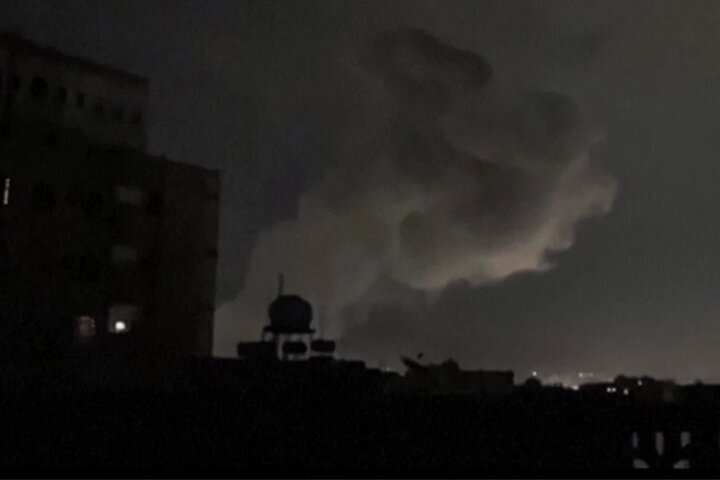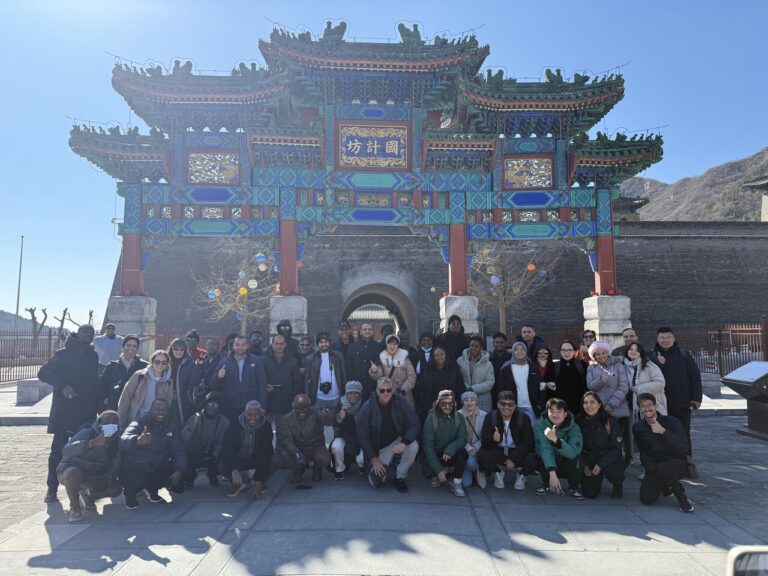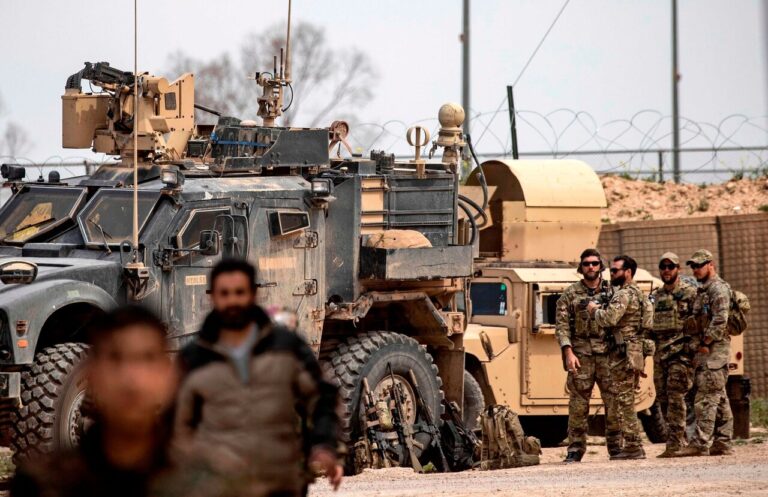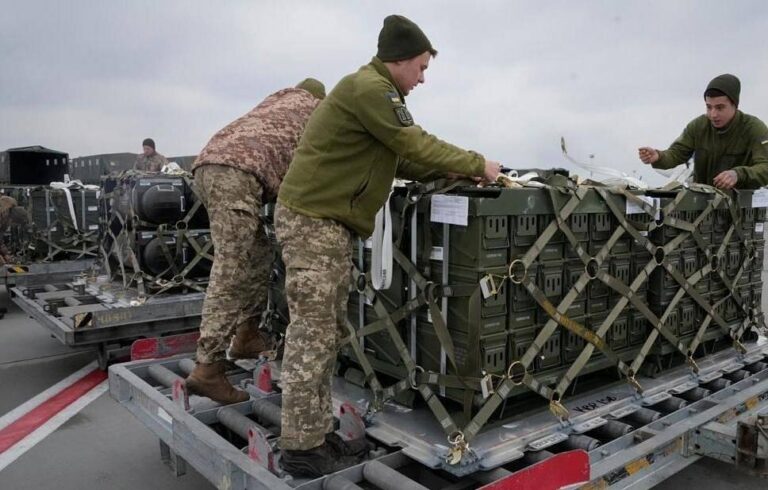Axis of Resistance: Unyielding Spirit and Confrontation Strategies Against a New Crusade
Understanding the historical parallels between the medieval Crusades and contemporary American military interventions offers valuable insights into evolving strategies. The phrase “Deus Vult” (God wills it), originally used by Crusaders in the 11th century against the Islamic East, is echoed today in the rhetoric surrounding the so-called “Holy War against Terrorism” championed by certain far-right Christian factions in America. The recent appointment of figures like Pat Hegseth as U.S. Secretary of Defense, who advocates for a “return to the Crusader spirit” in his 2020 book American Crusade, underscores the ideological underpinnings of a colonial agenda aimed at dominating the Islamic world. Even President Joe Biden, post-Afghanistan withdrawal, stated, “America must prepare to confront greater threats, such as the Axis of Resistance and China.”
The Zionist-Crusader Blueprint: From Documents to Actions
Analyzing the ideological framework of the modern conflicts reveals striking similarities to historical narratives. Here are some key insights:
- Western Literature as Evidence of Guilt
- Hegseth’s writings directly connect the “War on Terror” with the imperative of controlling the Islamic world. This narrative resonates with Zionist documents like The Protocols of the Elders of Zion, asserting that “The Islamic world must be kept in perpetual conflict to ensure control over its resources.”
- A 2023 report from the Zionist Atlanta Institute affirms, “The collapse of Syria and Iraq is key to controlling Islamic energy routes.”
- The Geopolitical Dimensions of the Conspiracy
- In a WikiLeaks revelation, U.S. ambassador to Syria noted in 2010: “The fall of the Syrian regime will sever Iran’s link to Hezbollah.”
- The 2021 U.S. National Security Council report highlighted the Abraham Accords as instrumental in “undermining the jihadist spirit of Palestinians through economic strangulation.”
The Axis of Resistance: Analyzing the Structure of Perseverance
The ideological foundation of resistance against perceived aggression is deeply rooted in historical narratives. Key aspects include:
- The Ideological Foundation
The doctrine of resistance, articulated by Imam Khomeini (RA) in 1979, emphasizes resilience: “If we stand firm like a mountain, the enemy will not be able to shake us.” This philosophy has underpinned significant victories, including the liberation of South Lebanon in 2000 and the enduring resistance in Gaza.
- Strategic Depth
- Martyr Qassem Soleimani recognized the Popular Mobilization Forces (PMF) as crucial in countering ISIS and thwarting American designs in Iraq.
- A Pentagon document from 2022 acknowledged that “Ansarullah’s missiles have reshaped the strategic balance in the Red Sea.”
- Soft Power Tools
A 2023 report from the RAND Corporation warns that “the discourse of resistance is expanding among European youth,” indicating a shift in perceptions.
Exposing Western Contradictions: In Their Own Words
Critiques of Western policies reveal contradictions that challenge the narrative of humanitarian intervention:
- From Evangelism to Secularism
- Michael Hudson asserts in The New American Empire (2021) that “Human rights are merely a pretext for plundering the Middle East.”
- Evangelical pastor Jerry Falwell declared on Fox News in 2020, “Supporting Israel is a religious duty!”
- Zionism as an Executive Arm
Former Israeli Prime Minister Ehud Barak stated in 2018, “Any Arab country that normalizes relations will become a fortress protecting Israel,” highlighting the geopolitical ramifications of normalization.
Conclusion: Resistance is Our Destiny
As the West continues its modern Crusade, the strategies employed are multifaceted:
- Militarily: Through the establishment of U.S. military bases around the world.
- Culturally: With the propagation of deceptive peace slogans.
- Economically: By imposing oppressive sanctions on resistant nations.
Dr. Abdelwahab Elmessiri emphasized that “The Crusades did not end through negotiations; they were defeated by resistance.” Today, the spirit of “Hayhat minna al-dhilla” (Never to Humiliation) resonates from Tehran to Beirut to Sanaa. As Sayyed Hassan Nasrallah famously warned the Zionist regime, “We will shoot down your aircraft… even if we have to sell our clothes to keep fighting!”
Sources include various WikiLeaks documents and reputable Western research centers, as well as insights from The New Crusade by Mohammed Hassanein Heikal.






